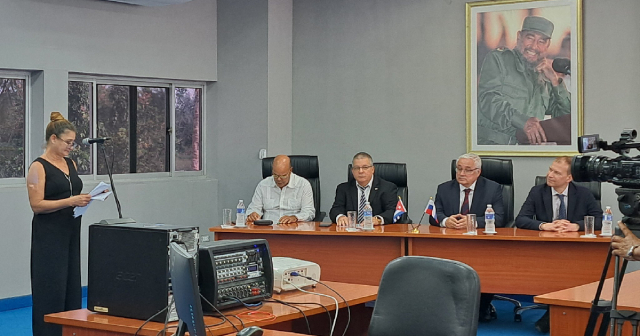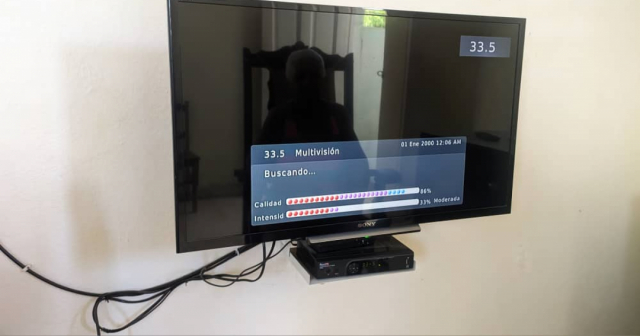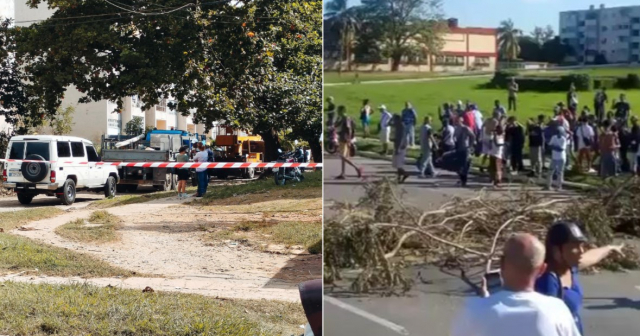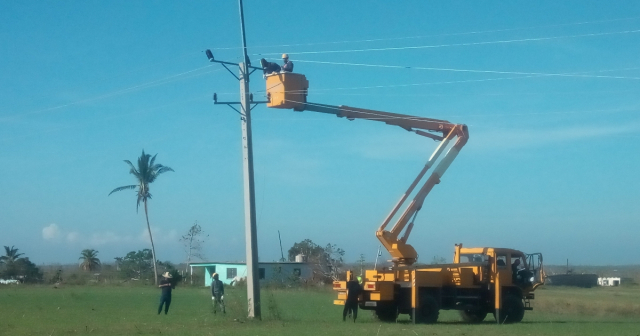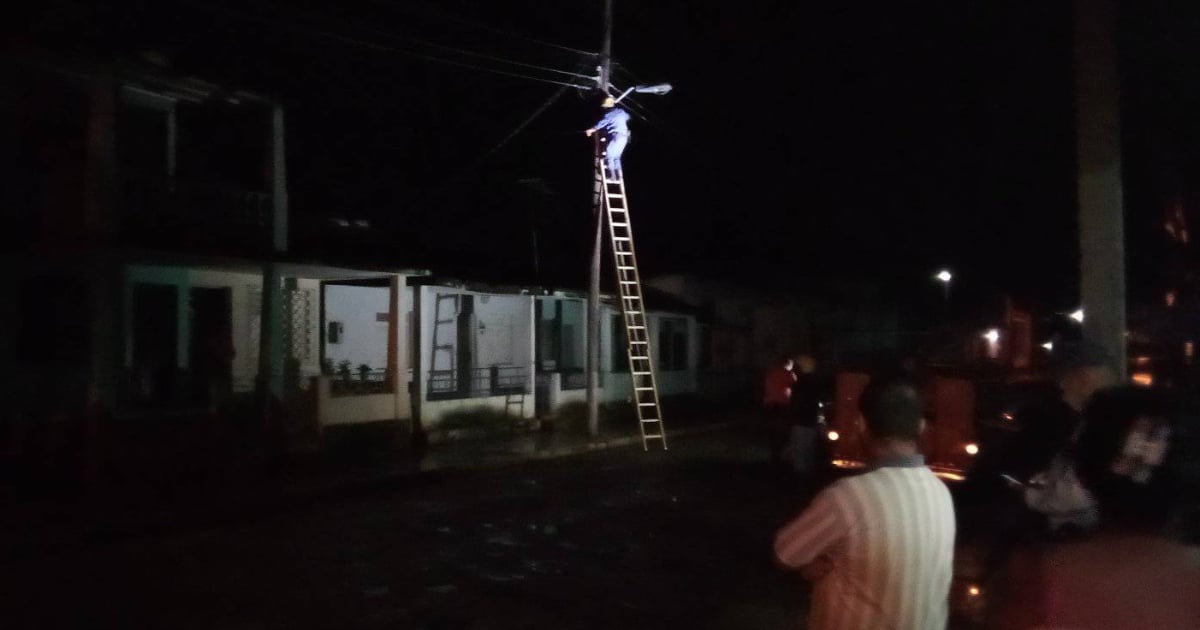
Since the complete disconnection of the national electric power system (SEN) that occurred on October 18, followed by other similar events during the recovery process, the Unión Eléctrica de Cuba (UNE) has been reporting generation, demand, and deficit figures that differ from the usual ones prior to the collapse of its infrastructure.
Why has the UNE reported lower figures of "affectations" (power outages) since it last announced the restoration of the SEN on Tuesday, October 22?
The response was provided by engineer Lázaro Guerra Hernández, general director of Electricity at the Ministry of Energy and Mines, who was interviewed on Monday, November 11, by the Buenos Días magazine of Cuban Television.
The low numbers of power outages predicted by the UNE from October 22 onwards are due to the fact that the "restoration" of the National Electric System is not complete, but rather partial, as even on Monday, the provinces of Pinar del Río, Artemisa, Havana, and Mayabeque were still partially disconnected from the system.
The figures on deficit, generation capacity, and outages "do not take into account the provinces affected from Pinar del Río to Havana," Guerra Hernández stated in his daily appearance. In other words, the figures provided in the UNE forecast refer to the service offered to the provinces from Matanzas to Guantánamo.
"The impact is concentrated from the province of Matanzas to the province of Guantánamo. Pinar del Río, Artemisa, La Habana, and Mayabeque are not included in this situation. Everything that can be provided in these provinces at this time is being supplied," explained the specialist.
On Monday evening, after more than 120 consecutive hours without power, the province of Pinar del Río managed to restore its connection to the National Electric System (SEN).
The westernmost of the Cuban provinces, which did not suffer significant damage from Hurricane Rafael, had been cut off from the electrical grid due to the collapse of several high-voltage towers in Artemisa, leaving the region without power.
“The province has relied on isolated microsystems, but due to the overload, these systems have shown instability, affecting essential services such as hospitals and drinking water sources,” stated the provincial electric company in a press release.
On the other hand, the capital of the country, Havana, had recovered 98.36% of its electricity service as of Monday, with power restored to over 846,000 customers, according to official reports. The capital of Cuba accounts for about a quarter of the country's electricity consumption.
This Tuesday, while updating the status of the National Electric System (SEN), Guerra Hernández reported that it was operating stably. "We now have the SEN in all provinces of the country. Yesterday, Pinar del Río was connected at 9:44 PM, and by 3:00 AM, the entire territory had electricity service," the executive stated, according to the official portal Cubadebate.
He also noted that the maximum impact across the rest of the country, from Matanzas to Guantánamo, reached 1,047 MW at 6:40 PM on Monday. "It's important to consider that there may still be disruptions in the provinces of Havana, Artemisa, and Mayabeque," he added regarding Tuesday, when the UNE announced blackouts of 1,168 MW (something more in line with "normal" figures), due to a generation capacity deficit exceeding 1,100 MW.
It seems that with the SEN nearly restored across the Island, UNE is starting to make predictions of "impacts" that resemble those of the days leading up to its complete collapse.
Little by little, the agony experienced by Cubans in these apocalyptic days is returning to "normalcy," meaning days with partial electrical service, punctuated by long hours of blackouts that, after days without any electricity, will seem like a miracle to some, a return to the usual nightmare for others, and a new "victory" for the regime that has allowed the country’s electrical infrastructure to collapse while allocating billions of dollars to its hotel investments.
Filed under:



